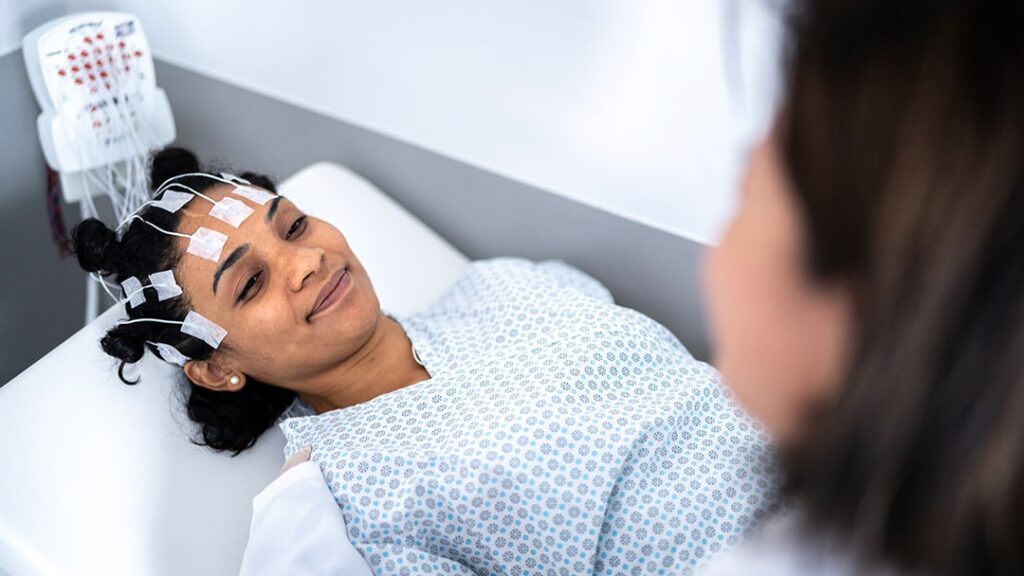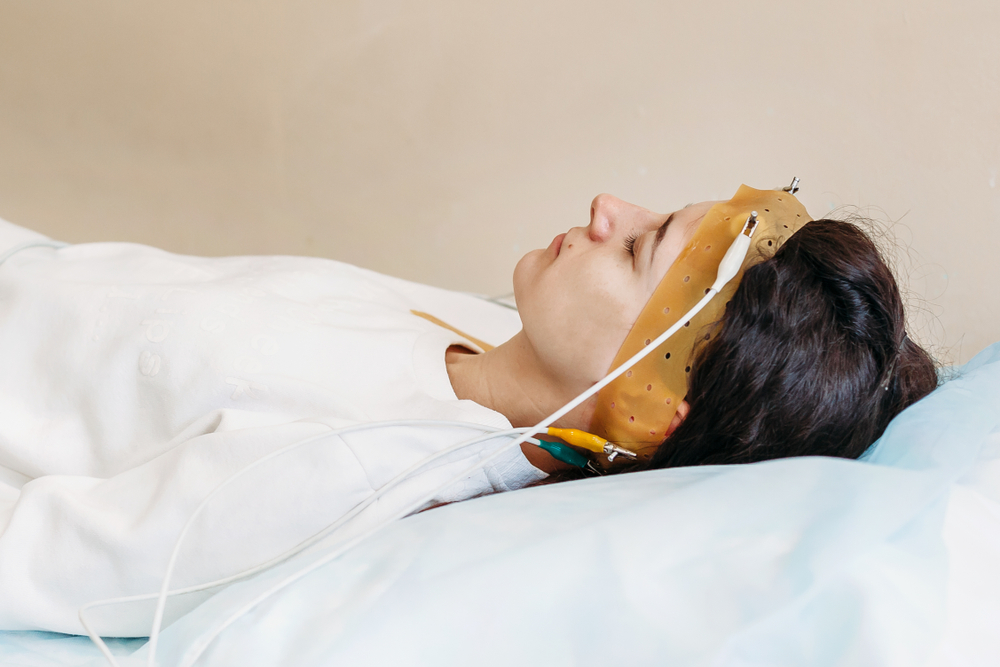Sleep apnea affects millions of adults worldwide, disrupting sleep and increasing the risk of serious health problems like high blood pressure, heart disease, and diabetes. One of the most effective and widely recommended treatments for this condition is CPAP therapy.
In this article, we’ll explore what CPAP therapy is, how it works, who can benefit from it, and practical tips for getting the best results. We’ll also discuss its role in managing sleep apnea symptoms and improving overall sleep health.
What Is CPAP Therapy?
CPAP stands for Continuous Positive Airway Pressure. It’s a treatment that delivers a steady stream of air through a mask to keep your airway open while you sleep. By preventing airway collapse, CPAP ensures uninterrupted breathing, which is essential for restorative sleep.
CPAP is most commonly prescribed for obstructive sleep apnea (OSA), the type caused by a physical blockage in the airway. However, it may also be recommended for certain central sleep apnea cases.
How CPAP Therapy Works
A CPAP machine consists of three main components:
- The Machine: Generates a constant flow of air at a prescribed pressure.
- The Hose: Connects the machine to the mask.
- The Mask: Fits over the nose or mouth (or both) to deliver air continuously.
When worn correctly, CPAP prevents the throat muscles and tissues from collapsing, keeping airways open. This reduces snoring, oxygen drops, and sleep disruptions.
Benefits of CPAP Therapy
CPAP therapy can significantly improve both sleep quality and overall health. Some of its main benefits include:
- Better sleep: Continuous airflow prevents nighttime interruptions, allowing deeper, more restorative sleep.
- Reduced daytime fatigue: Improved sleep quality leads to increased energy, focus, and productivity during the day.
- Lower risk of cardiovascular disease: Regular CPAP use reduces high blood pressure, heart strain, and stroke risk.
- Improved mood: Less fatigue and better sleep can help reduce irritability, anxiety, and depression.
- Decreased snoring: CPAP can significantly reduce or eliminate snoring, improving sleep quality for both the patient and their partner.
Who Should Use CPAP Therapy?
CPAP is recommended for adults diagnosed with moderate to severe obstructive sleep apnea. A sleep study is typically required to determine the severity of the condition and the correct air pressure for the device.
Patients with symptoms such as loud snoring, gasping or choking during sleep, and excessive daytime sleepiness are strong candidates for CPAP therapy.
Getting Started With CPAP
Starting CPAP therapy can take some adjustment. Here are tips for a smoother experience:
1. Choose the Right Mask
CPAP masks come in various styles: nasal masks, full-face masks, and nasal pillow masks. Finding the right fit is crucial for comfort and effectiveness.

2. Adjust to the Pressure
CPAP machines can be set to a fixed or auto-adjusting pressure. Your doctor will determine the most suitable settings based on your sleep study results.
3. Maintain Your Equipment
Regular cleaning of the mask, hose, and filters prevents infections and ensures proper function. Most manufacturers provide detailed cleaning instructions.
4. Be Patient
It’s normal to take several nights to adjust. Start by wearing the mask for short periods while awake, then gradually increase usage during sleep.
Common Challenges and Solutions
Some patients experience difficulties when starting CPAP therapy, but most issues can be managed:
- Dry nose or throat: Use a humidifier attachment to keep airways moist.
- Mask discomfort: Try different mask types or cushions for a better fit.
- Difficulty falling asleep: Gradually increase usage time and establish a relaxing bedtime routine.
- Pressure intolerance: Auto-adjusting CPAP machines may help, or your doctor can adjust pressure settings.
CPAP and Lifestyle Changes
While CPAP is highly effective, combining it with healthy lifestyle habits can enhance results:
- Maintain a healthy weight: Excess weight can worsen airway obstruction.
- Sleep on your side: Reduces airway collapse in obstructive sleep apnea.
- Avoid alcohol and sedatives: These relax throat muscles, making apnea worse.
- Follow a consistent sleep schedule: Supports the body’s natural sleep-wake cycle.
Real-World Example: CPAP in Action
Consider James, a 50-year-old from Sydney, who struggled with severe daytime sleepiness and loud snoring. After a polysomnography sleep study, he was diagnosed with moderate sleep apnea. Using a CPAP machine nightly, James noticed immediate improvements — he no longer felt exhausted during the day, his concentration improved, and his wife reported significantly reduced snoring.
When to Consult a Sleep Specialist
Even with CPAP therapy, regular follow-ups are important. Consult a sleep specialist if you experience:
- Persistent fatigue despite using CPAP
- Mask discomfort that cannot be resolved
- New or worsening symptoms
- Difficulty adjusting to therapy
A specialist can optimize your therapy, suggest alternative treatments, or combine CPAP with other interventions.
Conclusion
CPAP therapy is a cornerstone treatment for managing sleep apnea. By keeping airways open during sleep, it restores restful nights, reduces health risks, and enhances overall quality of life. With patience, proper mask fitting, and lifestyle adjustments, CPAP can transform sleep and improve health outcomes for people with sleep apnea.
If you suspect sleep apnea is affecting your health, speak to a sleep specialist and consider a sleep study. Early diagnosis and treatment can make a world of difference.
